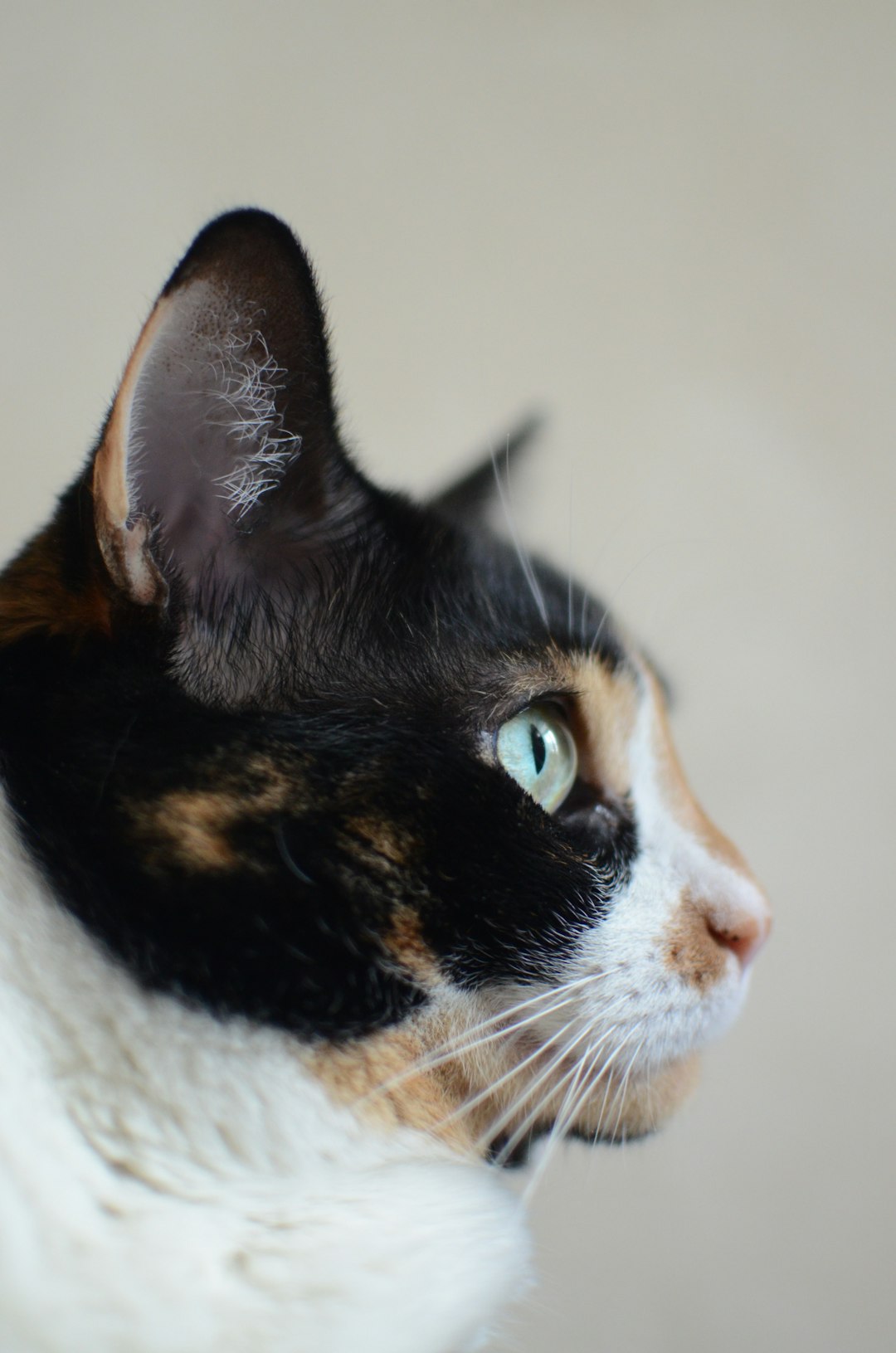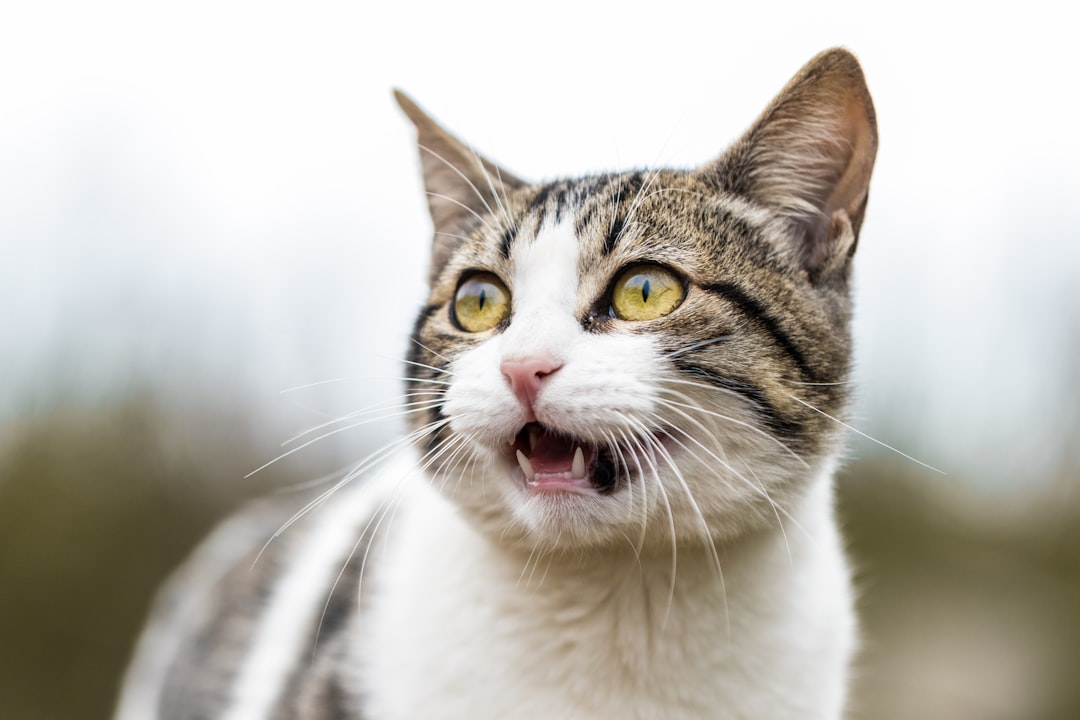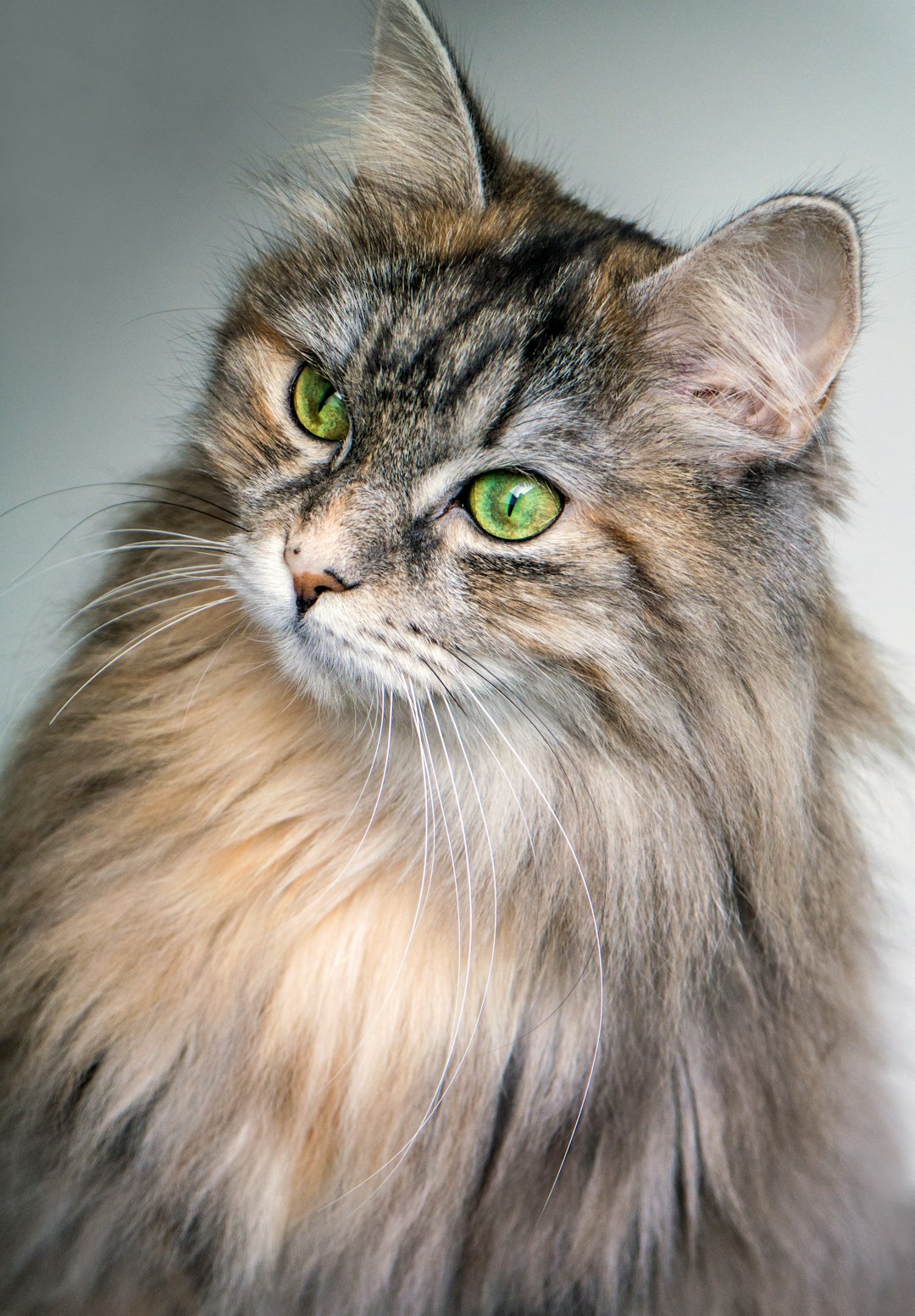Raw nutrition for cats has gained popularity among pet owners, as many recognize its potential benefits for feline health. By emphasizing vital essentials, this approach ensures your cat receives a diet rich in nutrients that closely resembles their ancestral eating habits. Understanding the fundamentals of raw feeding not only helps in enhancing your cat’s overall well-being but also dispels common myths that surround this feeding method. As you explore the various aspects of raw nutrition, you’ll discover how to choose the best ingredients and safely prepare meals tailored to your feline companion.
Understanding Raw Nutrition for Cats
Raw nutrition for cats focuses on providing them with a diet that closely mimics their natural eating habits. By incorporating vital essentials that meet their physiological needs, you promote better health and well-being. Here’s a breakdown of what raw nutrition entails:
Types of Raw Diets:
- Prey Model Diet: Simulates the whole prey consumption, including meat, organs, and bones.
- Barf Diet (Biologically Appropriate Raw Food): Combines raw meat, bones, and vegetable matter.
Key Components:
- Protein Sources: High-quality animal proteins are the cornerstone of a raw diet. Common options include chicken, beef, and fish.
- Fats: Healthy fats contribute to energy and support skin and coat health.
Vitamins and Minerals:
- Raw food can provide vital essentials like taurine, essential for heart and eye health.
By understanding the principles of raw nutrition, you can make informed decisions about your cat’s diet. Remember, finding the right balance of these vital essentials can significantly enhance your feline friend’s overall health.
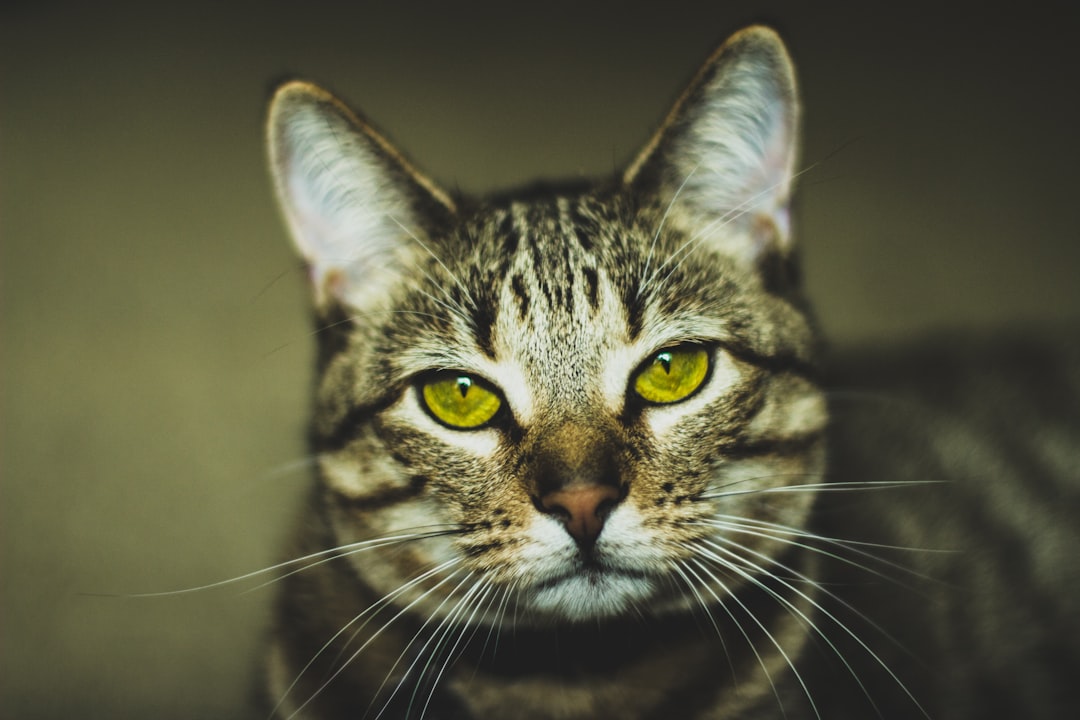
Benefits of Raw Diet for Felines
Raw diets can offer several vital essentials that contribute to your cat’s overall health and well-being. Here are some key benefits:
Improved Digestion: Raw diets provide high moisture content and natural enzymes, allowing for easier digestion compared to processed foods.
Better Coat Health: Omega fatty acids found in raw ingredients can enhance your cat’s fur, making it shiny and reducing shedding.
Increased Energy Levels: A balanced raw diet full of vital essentials can boost your cat’s energy, encouraging a more active lifestyle.
Weight Management: Raw foods typically contain fewer fillers, helping prevent obesity through more nutritious, satisfying meals.
Healthier Teeth: Chewing on raw bones helps to scrub teeth and gums, promoting dental health.
| Benefit | Raw Diet | Processed Diet |
|---|---|---|
| Digestion | Easier | Harder |
| Coat Health | Improved | Often Neglected |
| Energy Levels | Higher | Moderate |
| Weight Management | More Effective | Less Effective |
| Dental Health | Enhanced | Neglected |
Transitioning to a raw diet allows you to provide your feline friend with vital essentials that foster health, vitality, and longevity.
Essential Nutrients in Raw Cat Food
When considering raw nutrition for your feline, understanding the vital essentials of their diet is crucial. Cats are obligate carnivores, meaning they require certain nutrients primarily found in animal products. Here are the essential components to include in raw cat food:
Protein: Cats need high-quality protein to support muscle development. Look for meats like chicken, turkey, and beef.
Fat: Healthy fats provide energy and promote a shiny coat. Sources can include fish oil or chicken fat.
Taurine: This amino acid is vital for heart and eye health. Raw meat naturally contains taurine, making it a must-have in the diet.
Vitamins and Minerals: Ensure the inclusion of vitamins A, B, D, and E as well as calcium and phosphorus for bone health.
Comparison of Nutrients in Raw vs. Commercial Diets
| Nutrient | Raw Cat Food | Commercial Cat Food |
|---|---|---|
| Protein | High | Variable |
| Fat | Healthy fats | Can be unhealthy |
| Taurine | Natural | Often added |
| Vitamins | Tailored | Often synthetic |
By focusing on these vital essentials, you’ll help ensure your cat thrives on a raw diet, supporting their overall health and well-being.
Common Myths About Raw Feeding
When considering raw nutrition for your feline, it’s important to separate fact from fiction. Unfortunately, several myths persist regarding raw feeding, influencing cat owners’ decisions. Here are some common misconceptions:
Myth 1: Raw Diets Cause Nutritional Imbalances
Fact: When prepared correctly, raw diets can provide balanced nutrition. Vital essentials are easily obtainable by incorporating a variety of meats, organs, and supplements.Myth 2: Raw Feeding Is Unsafe Due to Bacteria
Fact: While raw foods may carry pathogens, proper handling and sourcing from reputable suppliers minimize risks. Frequent cleaning and safe storage are vital essentials for maintaining food safety.Myth 3: Cats Will Refuse Raw Food
Fact: Many cats instinctively prefer the taste and texture of raw meals. Transitioning gradually can help them adapt.
| Myth | Fact |
|---|---|
| Nutritional Imbalances | Balanced diets can be achieved with the right ingredients. |
| Safety Concerns | Proper handling reduces bacterial risks. |
| Refusals to Eat | Cats often enjoy raw food with a careful introduction. |
By dispelling these myths, you can confidently explore vital essentials for your cat’s health.

Choosing the Right Raw Ingredients
Selecting the right raw ingredients is crucial for ensuring your feline receives the vital essentials they need for optimal health. Here are key factors to consider:
- Protein Source: Choose high-quality proteins like chicken, turkey, and fish. These provide essential amino acids.
- Organ Meats: Incorporate organ meats such as liver and kidney. They offer vital nutrients that ground meats may lack.
- Bone Content: Include raw bones or ground bone meal for calcium, which is essential for strong bones and teeth.
When comparing different raw ingredients, keep the following in mind:
| Ingredient Type | Nutritional Value | Recommended Amount |
|---|---|---|
| Muscle Meats | High in protein | 70-80% of diet |
| Organ Meats | Rich in vitamins/minerals | 10-15% of diet |
| Bones | Calcium | 10-15% of diet |
Also, consider sourcing from reputable suppliers to guarantee freshness and avoid pathogens. Remember, choosing quality ingredients ensures your cat gets the vital essentials they require for a balanced raw diet.
Preparing Raw Meals Safely
When it comes to feeding your cat a raw diet, ensuring safety is paramount. Here are some vital essentials to consider for safe meal preparation:
Hygiene First:
- Wash your hands thoroughly before handling raw ingredients.
- Clean all utensils, cutting boards, and surfaces with hot, soapy water to prevent cross-contamination.
Quality Ingredients:
- Source ingredients from reputable suppliers to guarantee freshness and safety. Look for high-quality meats and supplements aligned with your cat’s nutritional needs.
Proper Storage:
- Store raw meat in the refrigerator at temperatures below 40°F (4°C).
- For longer-term storage, freeze components to preserve their nutritional value.
Balanced Recipes:
- Ensure your raw meals include vital essentials like proteins, fats, vitamins, and minerals. Use a variety of animal tissues (muscle, organs) to cover all nutrient bases.
Gradual Preparation:
- Start with small batches to test your cat’s acceptance and monitor for any adverse effects. Always observe your cat’s reaction to new foods.
By following these steps, you can prepare raw meals safely, providing your cat with the vital essentials they need for optimal health.
Transitioning Your Cat to a Raw Diet
Transitioning your cat to a raw diet can be an exciting journey towards enhancing their health. However, it requires careful planning to ensure your cat comfortably adjusts to these vital essentials. Here’s a step-by-step guide to make this process smoother:
- Start Slow: Gradually introduce raw food while mixing it with their current food. Aim for a 75% old food and 25% raw mix in the first week.
- Observe Reactions: Watch for any adverse reactions such as digestive issues. If problems arise, slow down the transition.
- Progressively Increase Raw Percentage: Over the next few weeks, increase the raw food percentage while decreasing the old food, ultimately reaching a 100% raw diet.
- Be Patient: Every cat is different. Some may adapt quickly, while others require more time.
- Prioritize Variety: Incorporate a range of meats and organs to provide all the vital essentials your cat needs.
By carefully transitioning your cat, you establish a strong foundation for their health through a balanced raw diet that includes all the necessary nutrients.
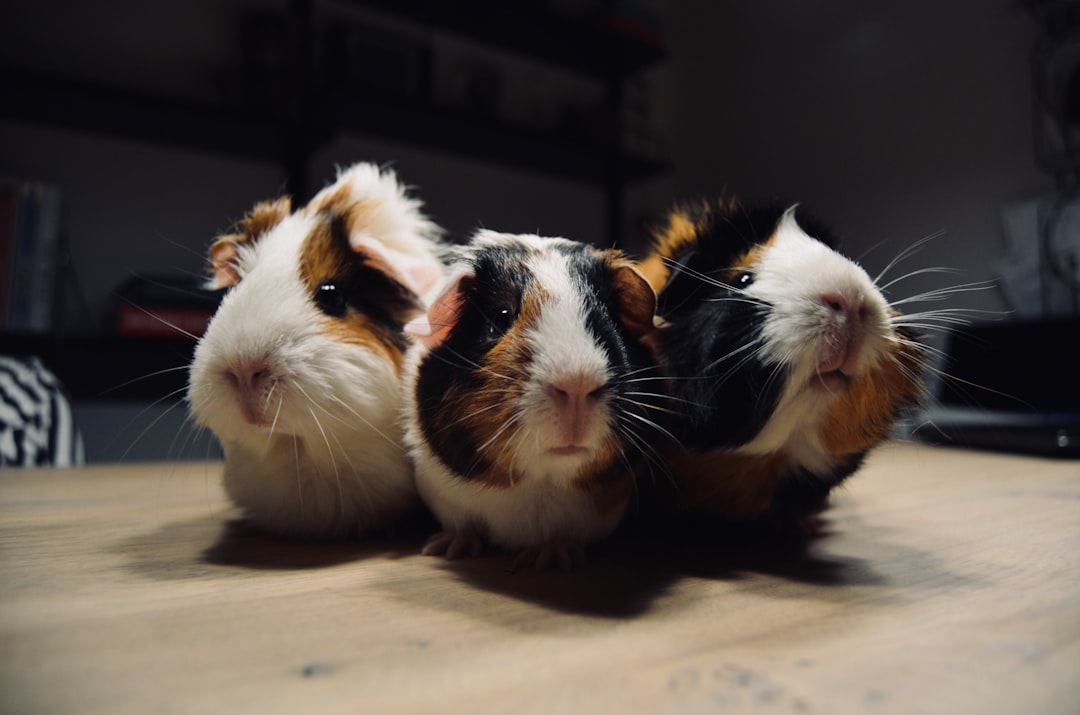
Monitoring Your Cat’s Health on Raw Nutrition
When switching to a raw diet, it’s crucial to monitor your cat’s health closely. This ensures they receive the vital essentials they need for optimal well-being. Here are key factors to keep an eye on:
Weight Management: Track your cat’s weight weekly. A balanced raw diet should maintain a healthy weight.
Energy Levels: Observe your cat’s energy and activity. Increased energy often denotes satisfaction with their new diet.
Coat Condition: A lustrous and healthy coat reflects good nutrition. Look for shine and reduced shedding.
Digestive Health: Pay attention to litter box habits. Healthy stools indicate proper digestion of vital essentials.
Behavioral Changes: Any sudden shifts in mood or habits might signal dietary issues.
Tips for Effective Monitoring:
| Metric | Frequency | Action Item |
|---|---|---|
| Weight | Weekly | Use a scale for accuracy |
| Energy Levels | Daily | Note changes in playtime |
| Coat Condition | Bi-weekly | Run your hands through the fur |
| Digestive Health | Daily | Examine litter box outputs |
| Behavioral Changes | Ongoing | Take note of any odd behaviors |
By regularly evaluating these aspects, you ensure your cat gets the vital essentials of their raw diet, promoting overall health and happiness.
Frequently Asked Questions
What are the primary benefits of feeding my cat a raw diet?
Feeding your cat a raw diet can offer numerous health benefits. Raw diets closely resemble the natural eating habits of felines, promoting optimal digestion and nutrient absorption. They typically contain higher levels of protein and essential amino acids, which are vital for muscle maintenance and energy. Additionally, a raw diet may enhance coat quality and skin health, support a healthy weight, and improve overall vitality as it minimizes the intake of fillers and artificial additives found in many commercial cat foods.
How do I ensure that a raw diet meets my cat’s nutritional needs?
To ensure that your cat’s raw diet meets their nutritional requirements, it’s crucial to include a balanced variety of proteins, organs, and bones. Consulting with a veterinarian or a pet nutrition specialist is highly recommended, as they can help create a complete dietary plan tailored to your cat’s specific needs. Additionally, incorporating supplements such as omega fatty acids and vitamins can support overall health. Always remember to monitor your cat’s health and make adjustments to their diet as necessary.
Is it safe to feed my cat raw meat, and what precautions should I take?
Feeding your cat raw meat can be safe, provided that certain precautions are taken. It’s vital to source high-quality, fresh meat from reputable suppliers to minimize the risk of bacterial contamination. Ensure that meat is stored and handled properly to prevent spoilage; always keep raw food separate from other food items in your kitchen. Regularly cleaning your cat’s feeding area and utensils is essential. Lastly, watch for any adverse reactions when introducing raw food into your cat’s diet, as some cats may experience digestive upset.
What types of raw nutrition options are available for cats?
There are various raw nutrition options available for cats, including commercial raw pet food, homemade raw recipes, and whole prey diets. Commercial options often come in freeze-dried or frozen forms, providing convenience and a balanced nutrient profile. Homemade raw recipes allow for customization but require a thorough understanding of feline nutrition to ensure completeness. Whole prey diets mimic a cat’s natural prey and can include small animals, providing all essential nutrients. Each option has its pros and cons, so consider your cat’s preferences and dietary needs.

